Since my last screenwriting post, I've managed to put into words some more points of consideration in creating and fine-tuning a script. Since a favorite part of mine in this process is the visual aspect, i.e. set design, color, symbolism, character looks, etc., these points relate more to how you can "color" your story through the script process onward.
"STEAL LIKE AN ARTIST "
There is nothing wrong with taking a prior idea or concept and putting your own new spin on it.
So, I have a confession to make: I don't watch movies all the time.
I never go to the theater unless I'm with a friend, and I don't usually seek out a movie unless someone I know recommends it, I come across it reading about something else (rare logos, "cast reunions", etc.), or, in recent years, if I've watched a video review on it and it grabs my further interest.
So how do I bridge that little gap between new visuals and fewer movies?
Well folks, Google Images is your friend.
With just images, even if you know a film's general plot, if you haven't seen the film, a screencap can only tell you so much without its original context. This will make your brain "fill in the gaps", often with a new, different context entirely. So if you love a visual and can "plug it into" your script with a new "connection" to strengthen your story, all the more better.
In Thunderball, Fiona Volpe simply stares at Bond as they dance.
I re-contextualized this in my script as "the girlfriend and boyfriend
stand up from their table, her staring at him the entire time".
Alternatively, if you have seen a film and want to "borrow" a visual motif or other choice, subversion is also a good method. If black is traditionally seen (in the West) as a "bad" color, while white is seen as "pure" and "good", why not switch that up entirely for your hero and villain?
Knowing your inspirations this way also speaks to the use of (as stated elsewhere) detail, subtext, themes, and connections. What were they going for? And how will you flip that concept?
GET ON SOME MUSIC
"Put in Cream! Put in Cream!", Martin Scorsese told Mitch Pileggi, when writing Goodfellas' famous scene where Jimmy Conway (Robert De Niro) plans to kill Morrie Kessler.
I don't usually use gifs here, but admit it, you heard
"Sunshine of Your Love" playing just now, didn't you?
All movies, scenes, dialogue, and sequences have a rhythm, but music has the power to transform a dull series of events into an inspired, thematically-enhancing sequence. Even if you choose not to insert songs into your script, music can be an immense help in determining your script's tone, direction, and emotional core. (Nostalgia-wise, this also relates to the heading below.)
Goodfellas also uses music to show the progression of time over the course of its story. From the earlier Crystals and Shangri-Las to the later Cream and Donovan, Scorsese pinpoints the film's eventual emotional dissonance when Donovan's lush, sweeping "Atlantis" plays over the brutal beating of Billy Batts.
It's another trademark of Scorsese, and it's easy to see why, as he attaches the emotions to his settings as well as details, a move demonstrably invaluable to the medium of film. I can still remember my childhood backyard, with its (steep for a child) downward slope, the smell of cut grass, and the sound of my dad's lawnmower reverberating through the neighborhood. Or your childhood experience of seeing a movie you've grown to love even more as you get older. Positive associations, like your fond past memories and associated nostalgia, can really fuel your passion for your story and your script.
No matter how seemingly-insignificant a quote, joke, character look, or image might seem, you should still lock it away for future use. Or better yet, you could later adapt them differently from what you originally intended, "stealing from yourself" in a way.
TRY FOR MORE OBSCURE INSPIRATIONS
No, not for hipster points, but if you're aiming for originality, it's imperative to not only be always taking in new content, concepts, media, etc. but also to do so from works that are less remembered, i.e. films that have fallen into obscurity, but have since gained a new life on Blu-ray and DVD-R releases.
McQ, while seen as a lesser entry in its genre and era, still features several twists
in its story, and having John Wayne as its star brings up many cultural points
of discussion, i.e. the thematic similarities between crime films and westerns.
That's not to say more popular fare can't yield any new ideas, but a few new wells to draw from never hurts, especially in the internet age.
After all, you don't want to solely reference works that are
so entrenched in pop culture, but are still "too old" for
the kids to know. (Sorry, Season One Jughead.)
To make it easier, try and go for works that star actors (or other talent) you already know and love. After all, you just might come up with a Canadianized First Monday in October, where the protagonists are both female and the older, more experienced one is also the Chief Justice.
Yes, the latter has happened here.
(That's former Chief Justice Beverley McLachlin in the middle, by the way.)
This is especially potent if a "bad" or "mediocre" film has a sliver of pathos, creativity, subverted expectations, or a sentiment "ahead of its time" that's surrounded by otherwise dated, botched, or cringey material. You never know when your viewing of Bloodline might yield you some new creative sparks (even if only to pass the runtime).
Seriously, who wouldn't want to see a movie about a
lovable inspector who converses with a talking computer?
At least it would have better editing, that's for sure.
CONNECT EVERYTHING
So you've completed your first draft, the "skeleton" of your script. You might even have an idea of what "shading" you want to have. (Provided, of course, you have the time.)
Now, this is the time to think over and reflect on the choices you've made in your script. How will you enhance them on an emotional level? What visual symbols will be around certain characters? What other works can you reference that are thematically similar to your own story? What dynamics in these other works are similar to the ones you yourself created?
Rick Dalton and Easy Breezy. That is all.
An important thing to remember is that you should ideally go all the way down to the last detail. Similar to my last screenwriting post's "Subtext" section, this attention will show your effort and love for your work in a deeply satisfying way.
For example, if your "lovable a-hole" protagonist is watching something on T.V., make the connection and have him be watching a film or show featuring a similar character. This move also works double-duty in making thematic connections, while keeping obvious stated references out of your dialogue.
(I will say, however, that this particular example runs the risk of "referencing a better movie during your own", so you should probably go with a more obscure work, as the previous heading discussed.)
Perfect!
This will take some practice, especially in terms of keeping subtlety, and every script will be different. How prominent will a symbol be shown? How prominent is it to the characters? Is your visual metaphor too obvious, and if so, how much should you de-emphasize it? Will you use it to subvert expectations instead?
Yah, no. This one's as obvious as a brick wall.
Will your song choices be on-the-nose? Or more abstract? Will it provide dissonance in your scene, or foreshadow things to come?
This one, even more so.
In short, everything in your script, story, and concept should work to service your characters, atmosphere, setting, emotion, and payoff. If your inspiration(s) has brought you enough confidence and spark to finish your script, then chances are, it will be the gift that keeps on giving in bringing you new ideas to strengthen and visualize your story.
So forgive me if the points I've made have overlapped a lot, but with so many ways to go in the visual language of film, hopefully, they have gotten you to think about how your script is (and should be) more than just a standalone series of events.
Copyright © Chynna Moore


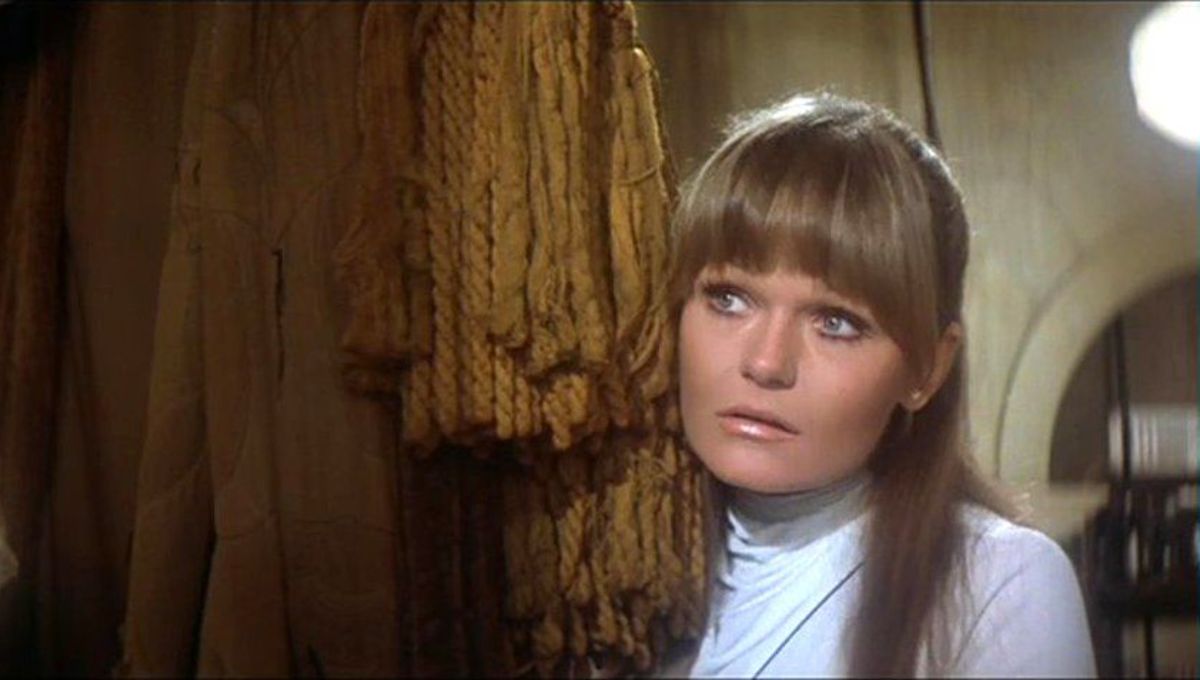
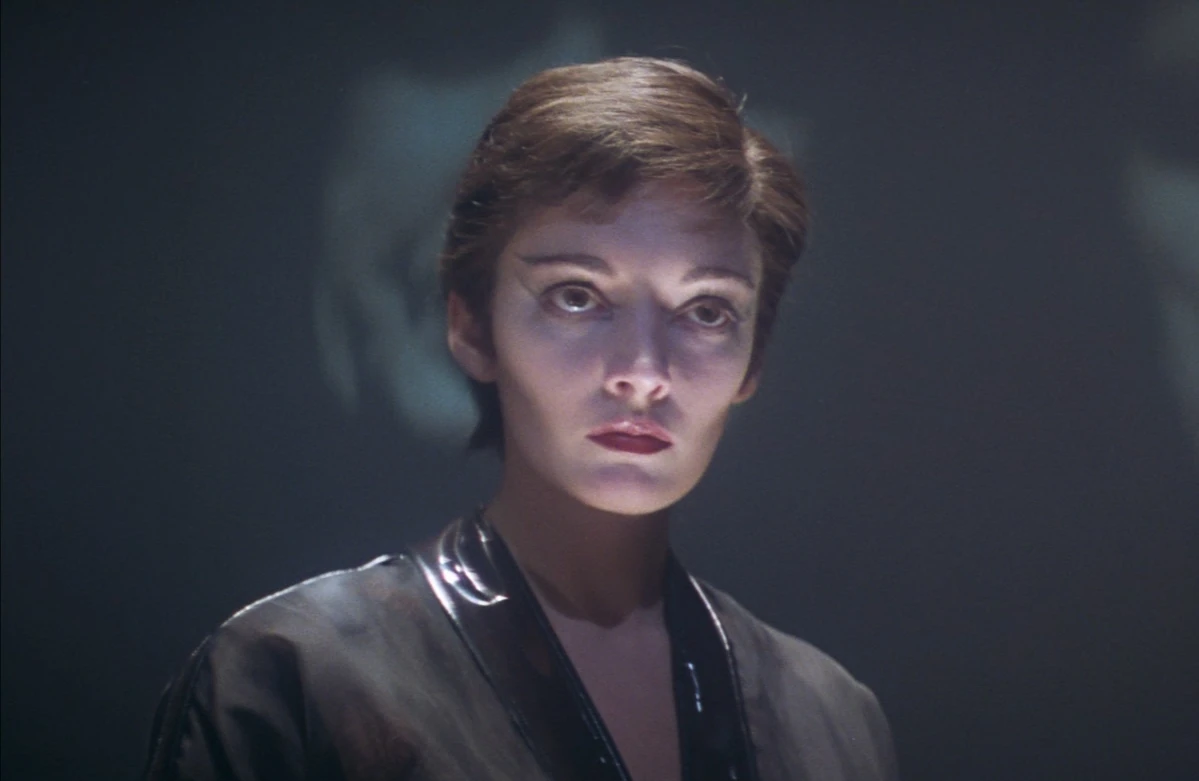




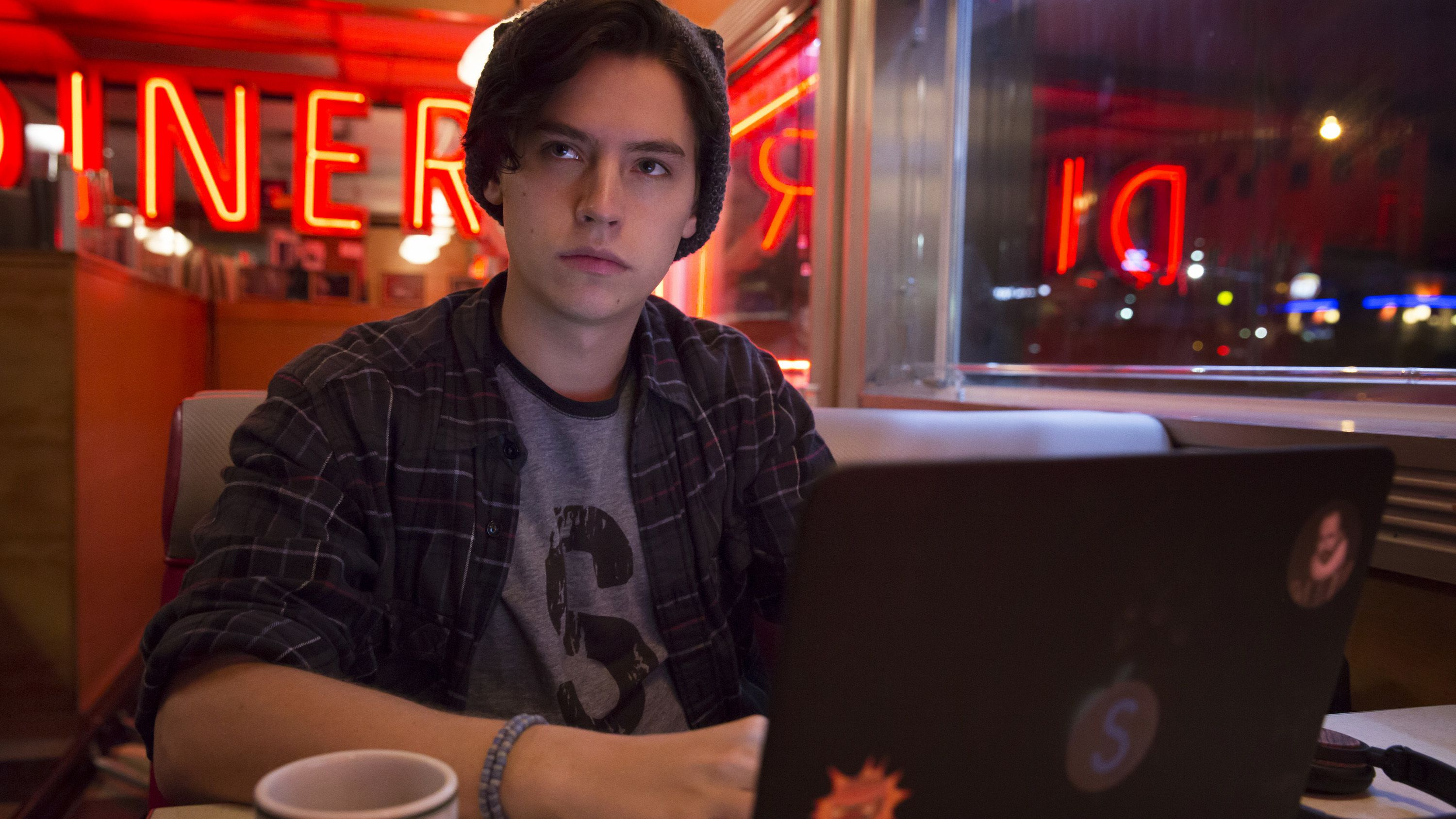




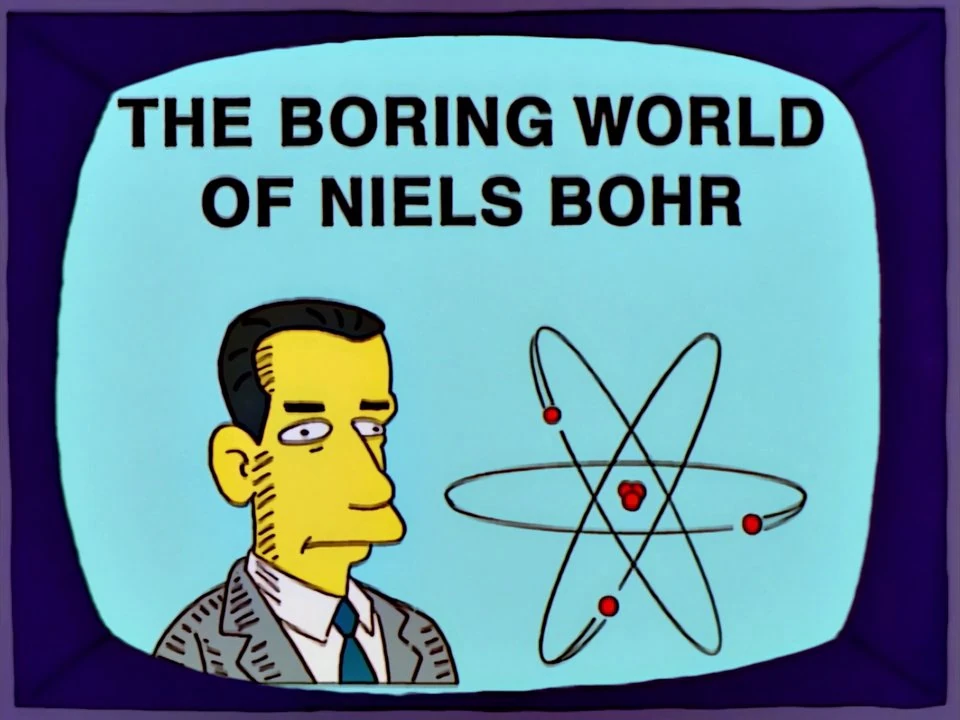
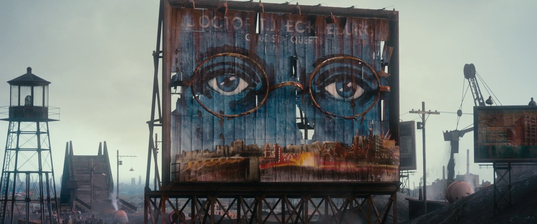

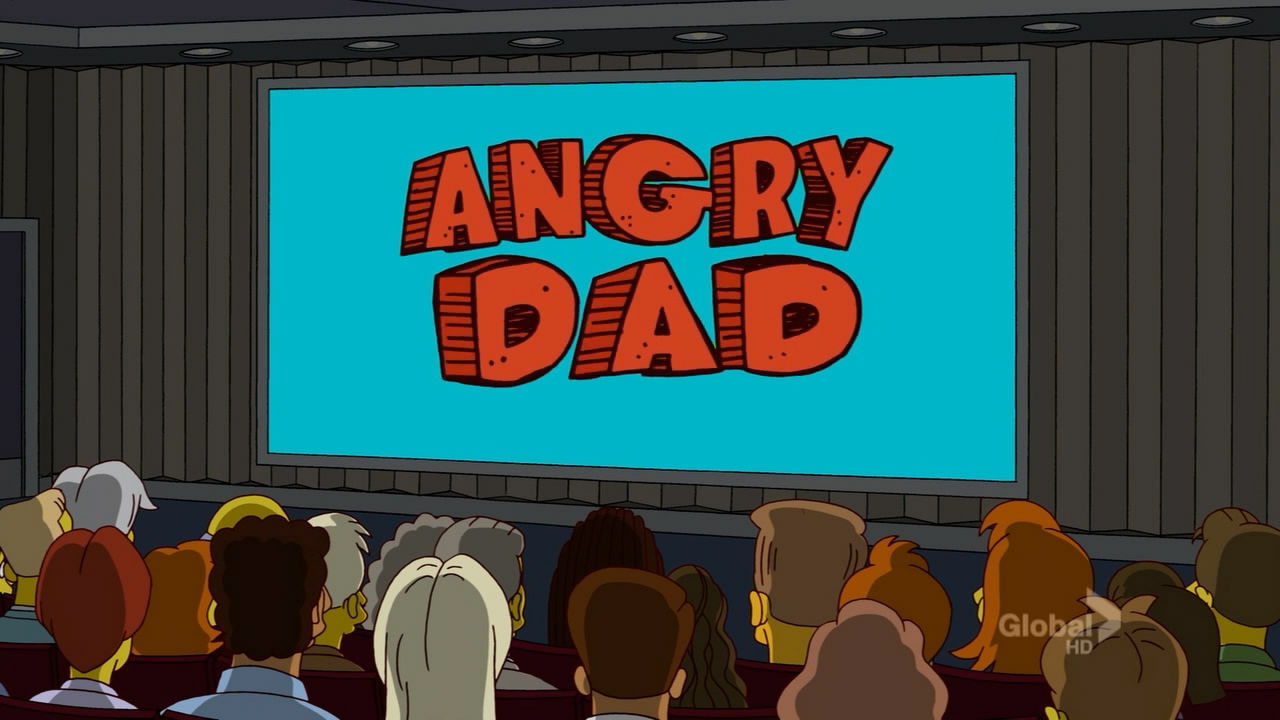
No comments:
Post a Comment